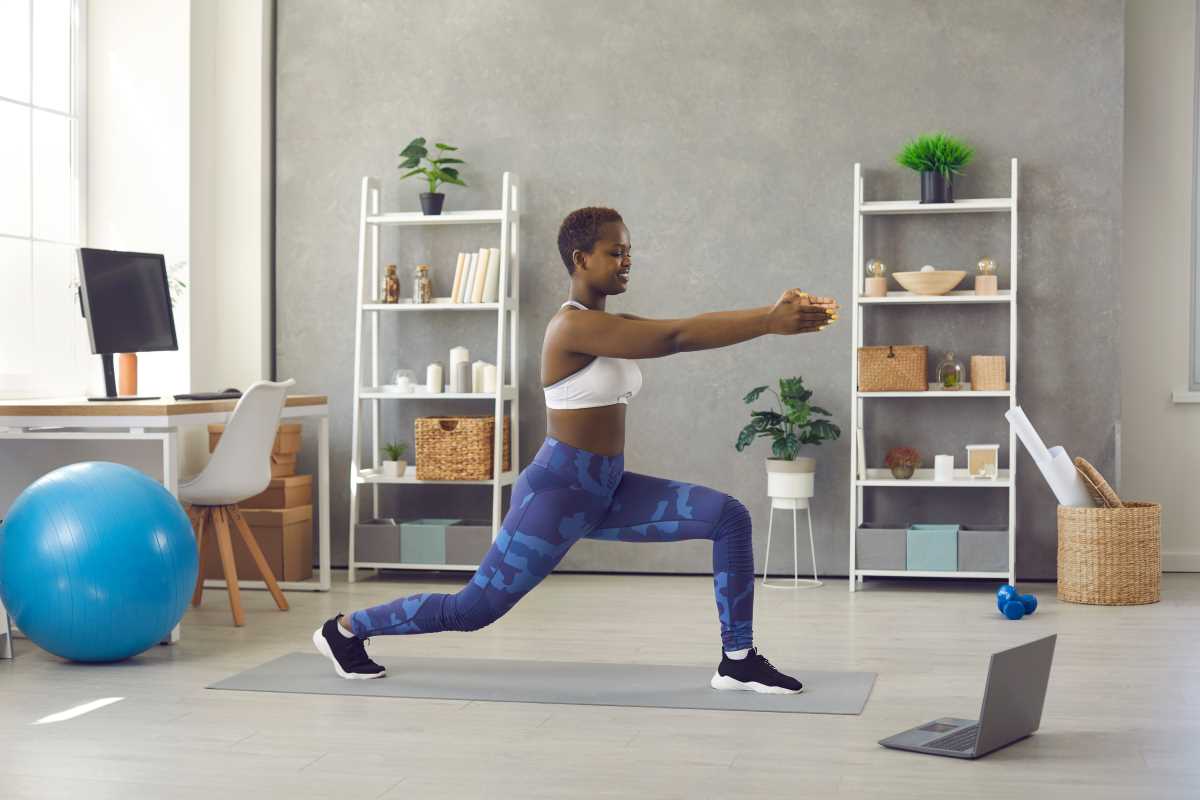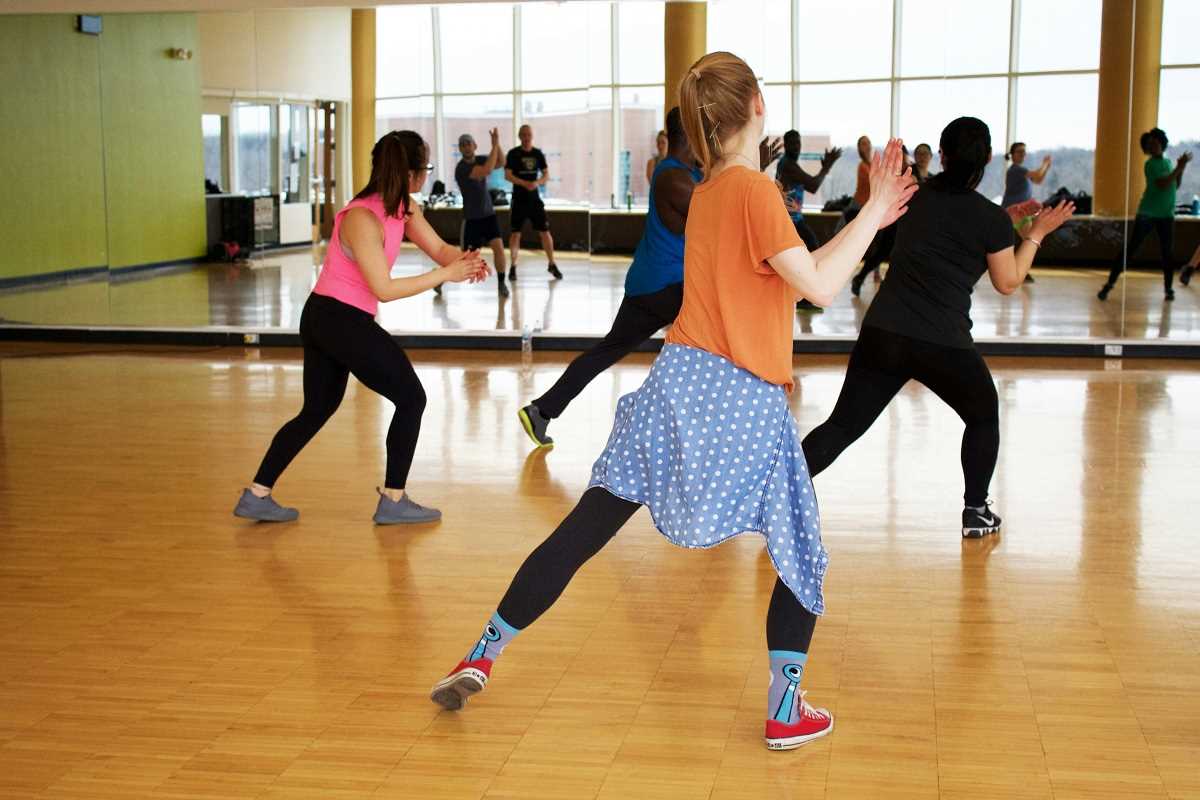When most people think about strength training, images of lifting heavy barbells or endlessly squatting with a rack come to mind. And while traditional methods are great, there’s something refreshing about shaking things up. Creative strength training challenges not only keep your workouts exciting, but they can also help you work muscles in ways you didn’t know you needed.
For middle-aged women, strength training is essential. It boosts metabolism, builds bone density, improves posture, and keeps those everyday aches and pains at bay. But that doesn’t mean it has to be boring. Whether you’re just starting out or you’ve been weight training for years, these 10 creative challenges are designed to test your limits while keeping the fun alive.
1. Deck of Cards Challenge
Forget poker or solitaire; it’s time to use that deck of cards for something sweat-worthy! To start, assign an exercise to each suit, such as:
- Hearts = Push-ups
- Diamonds = Squats
- Clubs = Dumbbell Rows
- Spades = Plank Shoulder Taps
Shuffle the deck and draw one card at a time. The number on the card tells you how many reps to do (face cards count as 10, and aces can be a rest break or 11 reps). Keep going until the entire deck is complete.
This challenge works because it’s unpredictable, making it feel more like a game than a workout. Plus, the variety targets multiple muscle groups.
2. Farmer’s Carry Circuit
The farmer’s carry is a workout all on its own, but turning it into a challenge turns up the intensity. All you need are two heavy weights, like dumbbells or kettlebells. Hold one in each hand, and walk a set distance, such as 20 yards, while keeping your core tight and your shoulders down.
Turn it into a circuit by adding moves at the end of every walk. For example, after 20 yards, perform 10 deadlifts. Walk another 20 yards, then do 10 overhead presses. This blend of cardio and strength will light up your entire body.
3. The Ladder Challenge
Ladders aren’t just for climbing; they’re also a fun way to structure a strength workout. They work by progressively increasing (or decreasing) the number of repetitions you perform, which forces your muscles to adapt quickly while also keeping your brain engaged.
Here’s an example:
- Perform 1 push-up
- Follow with 2 squats
- Then do 3 dumbbell rows (per arm)
On the next set, repeat the same exercises, but double the reps (e.g., 2 push-ups, 4 squats, 6 rows). Work your way up until you can’t anymore! You can also reverse the pattern for a descending ladder to keep things dynamic.
4. Time Under Tension Challenge
For this challenge, the number of repetitions doesn’t matter as much as how long your muscles stay under stress. Instead of rushing through your exercises, slow them down. For example, during a squat, you might take three seconds to lower yourself and three more seconds to rise.
This technique might sound simple, but it delivers big results. Slowing down increases muscle engagement and builds stamina. You can apply it to other moves like push-ups, lunges, and rows.
Bonus tip? Focus on your breath. Deep, controlled breathing will help you power through those slower reps.
5. Dice Roll Workout
Who knew dice could be the key to your next workout? Write a list of six strength exercises and assign each a number between one and six (e.g., 1 = Push-ups, 2 = Lunges, etc.). Roll the dice, and whichever number lands face up determines the exercise you’ll perform.
Take it a step further by rolling two dice together. One die determines the exercise, and the other decides how many repetitions or sets you’ll do. This adds an element of chance and keeps you on your toes!
6. Weighted EMOM (Every Minute on the Minute)
If you’ve never tried an EMOM workout, you’re in for a treat. The concept is simple but challenging. Start a timer for one minute. During that minute, perform a set number of repetitions for a specific exercise. Once you finish, rest for the remainder of the minute. When the next minute begins, start again.
For example:
- Minute 1: 10 deadlifts
- Minute 2: 8 bent-over rows
- Minute 3: 6 kettlebell swings
Repeat the cycle for 10–12 minutes. This technique trains endurance, builds strength, and pushes you to stay consistent. It’s perfect for days when you’re short on time but want a solid workout.
7. Unilateral Strength Challenge
Many strength exercises are performed with both limbs working together, but shifting to single-limb movements can take things to a whole new level. Not only does this help with muscle imbalances, but it also forces your core to work overtime.
Some examples include:
- Single-leg Romanian deadlifts
- Single-arm dumbbell presses
- Split squats
Challenge yourself further by holding a weight only on one side when performing these moves. This “asymmetrical loading” increases the demand on your stabilizing muscles, giving you a more well-rounded workout.
8. Backpack Strength Training
Who says you need fancy gym equipment to get fit? Grab a sturdy backpack, load it with books, water bottles, or other household items, and use it as your weight. You can safely use the backpack for exercises like squats, lunges, and deadlifts.
Plus, the practical nature of this workout mimics real-life movements, like carrying groceries or lifting heavy bags. It’s a great option for beginners or anyone looking to adapt their strength training to a home environment.
9. Tabata Strength Circuit
Tabata is traditionally known as a high-intensity cardio workout, but it can be applied to strength training too. The structure is simple: 20 seconds of work followed by 10 seconds of rest, repeated for 8 rounds.
For strength-focused Tabata, try exercises like:
- Goblet squats
- Push-ups
- Dumbbell thrusters
- Plank rows
The short intervals mean you’ll get a mix of strength and cardio benefits in less time.
10. Rep Countdown Challenge
There’s something satisfying about counting down to zero, and this challenge is built around that concept. Start by choosing a high number of reps, such as 50. Pick three to five exercises to rotate through and gradually reduce the reps after each round.
For example:
- 50 squats, 50 push-ups, 50 rows
- Next round? 40 of each
- Then 30… and so on
The workout gets easier as you go, which keeps you motivated. By the end, you’ll feel an incredible sense of accomplishment!
Beyond the physical advantages, creative challenges make training a lot more fun. They keep you mentally engaged and help you push past plateaus. For middle-aged women, this kind of variety can also help reduce the risk of injury by targeting different muscle groups and improving overall balance.
 (Image via
(Image via
.jpg)




